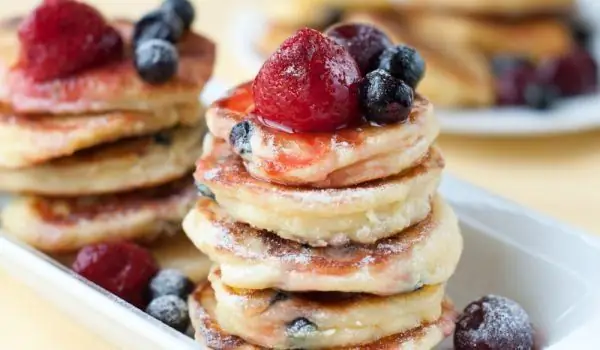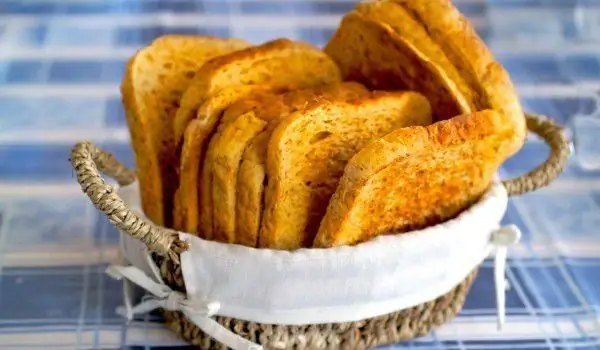2025 Author: Jasmine Walkman | [email protected]. Last modified: 2025-01-23 10:18
Professor Charles Spence is the author of Gastrophysics: The New Science of Nutrition. The scientist is an experimental psychologist at Oxford University. His work focuses not on what people say they think about food, but on what they do and why they do it. To understand this, one must penetrate deeply, penetrate the mind.
Spence's interest in the way we perceive food dates back to his childhood, thanks to his grandfather, who owned a grocery store. He sprinkled coffee beans behind the food stand, and when a customer entered, he trampled them, releasing an intoxicating aroma of coffee. What the grocer knew intuitively, and his grandson proved scientifically, is that we are all influenced by food and drink without our knowledge. With gastrophysics, Spence gives us plenty of food for thought.
It's often about expectations - it matters what we think about what we eat. And when the fork went to his mouth, the mind had already decided whether he liked it or not. Tasting something bitter can make you feel more hostile. And trying something sweet leads to more romantic feelings. Even thinking about love can make you think that water is sweeter.
Our expectation of the taste of food is just as likely to affect our perception as the color and smell of it. So our taste seems to be an unreliable witness. Spence says that without the smell, it's hard to tell if what you're tasting is an onion or an apple, red wine or cold coffee.
Spence asks interesting questions such as: Can you taste the shape of the food. It turns out that food served in rounded shapes is perceived as sweeter than served in angular ones. If the food is served in white plates, it seems sweeter and more fragrant than if it is in black.
A study in the United States found that vulnerable patients with Alzheimer's disease increased their food intake by 25% and fluid intake by 84% when moved to plates and cups with high color contrast. Not surprisingly, retailers and salespeople are taking advantage of this.

Imagine, for example, a package of soup with a bowl of food on it. If there is a spoon in the picture and it is on the right, you are 15% more likely to buy it than if the utensil is on the left. And the explanation is quite simple - most people work with the right hand and identify with the right, even without realizing it.
Restaurants are also in the game. Spence points to studies that show we pay twice as much for food if it looks more attractive. When he plays classical music, we spend more. If the music is fast, we will eat and leave quickly, but if it is slow, we will spend 10 minutes longer eating.
Researchers in the UK have changed the music played in the sector with wines in a supermarket. When French music was playing, most customers bought French wine, when they released German, most people took German.
It turns out that our minds do tricks on our taste buds. We can't believe what we see, let alone what we taste, and our memories are suspicious. Spence also makes us think about what might happen to food in the near future - made of 3D printers, vibrating forks, science fiction stuff.
Recommended:
Breakfast For Dinner - The New Trend In Nutrition

In the last few years, more and more people are becoming interested in the topic of healthy eating and that it is fashionable to eat modern and smart. And this is completely normal against the background of the large number of people who suffer from a number of health problems, many of which are related to poor nutrition.
Nutrition And Nutrition For Diarrhea

After diarrhea, the patient usually feels exhausted and dehydrated. To recover faster, he should start a gradual feeding by adding certain foods to his menu and temporarily excluding others. The diet after such a problem depends on the cause of the stomach disorder, as well as the age of the patient.
Do People Need Dairy Products? Here Is What Science Says

There has always been a debate about whether people really need milk and dairy products. Whatever is said on the subject, at some point everyone decides for himself whether to consume these products or not. However, nutrition is based on science, and it has a particular opinion, especially in the light of recent research on the subject.
Benefits And Applications Of Anise Seeds, Confirmed By Science

Anise / Pimpinella anisum / is a plant that comes from the same family as carrots, celery and parsley. It can reach a height of 1 m and blooms small white flowers. Anise has a specific and different taste, which is often used to add a special touch to desserts and drinks.
New Year's Dragon For The New Year

For the guests who will celebrate the New Year of the Dragon with you, prepare a special surprise - an original hors d'oeuvre, which is in the shape of a Dragon. The basis for this hors d'oeuvre are hard-boiled eggs. You need seven hard-boiled eggs, parsley or dill to taste, salt, ten tablespoons of mayonnaise.

